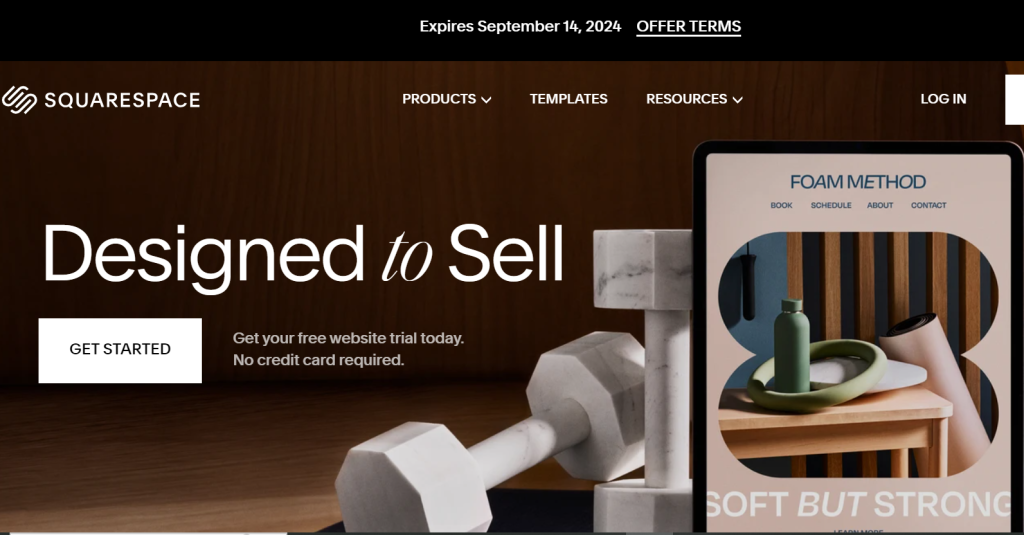
Introduction: The importance of web design for business success
In today’s digital landscape, your website serves as the face of your business. It’s often the first impression potential customers have when searching for products or services. A well-designed site can capture attention and engage visitors, while a poorly designed one can drive them away in seconds.
Web design is no longer just about aesthetics; it plays a critical role in driving conversions and fostering customer loyalty. In an era where online experiences shape consumer behavior, having a visually appealing and user-friendly website isn’t just beneficial—it’s essential for success. Whether you’re launching a new venture or revamping an existing one, investing time and effort into web design will pay off significantly in the long run. Let’s explore some strategies to enhance your business through effective web design techniques that truly resonate with users.
Creating a visually appealing and user-friendly website
A visually appealing website grabs attention instantly. Colors, fonts, and images play a significant role in this first impression. Choosing a harmonious color scheme can evoke emotions and guide user behavior.
User-friendliness takes that appeal further. Navigation should be intuitive. Visitors shouldn’t struggle to find what they need; clear menus make all the difference.
Responsive design is crucial too. With users accessing sites from various devices, ensuring your site looks great on mobile as well as desktop is essential for retention.
Content layout matters just as much. White space allows elements to breathe, making it easier for visitors to absorb information without feeling overwhelmed.
Incorporating interactive elements keeps users engaged longer—think sliders or hover effects—but remember not to overdo it. Balance is key in creating an inviting digital experience that encourages exploration.
Measuring and analyzing the success of your website through analytics

Understanding your website’s performance is crucial for growth. Analytics tools provide insights that can shape your strategies.
Start by tracking key metrics like traffic sources, bounce rates, and conversion rates. These numbers tell you where visitors come from and what keeps them interested.
Delve into user behavior through heatmaps or session recordings. You’ll see how users navigate your site, helping identify areas of improvement.
Set clear goals for each page. Whether it’s newsletter sign-ups or product purchases, knowing what success looks like allows you to measure progress effectively.
Regularly review this data to spot trends over time. This continuous analysis helps refine your approach and enhances user experience on your site. Embrace the power of analytics; it’s a game changer in web design strategy.
Staying updated with current web design trends and technologies
Web design is a dynamic field. Trends evolve rapidly, and keeping pace is essential for business success. Fresh visuals can captivate your audience and keep them engaged.
Consider the rise of minimalism. Clean lines, ample white space, and simplicity create a pleasing aesthetic that resonates with users. Plus, it enhances usability—always a priority.
Another trend gaining traction is responsive design. With more people browsing on mobile devices, ensuring your site looks great everywhere is crucial. Don’t overlook this aspect; it’s no longer optional.
Beyond aesthetics, technology plays an integral role as well. Implementing features like chatbots or voice search can elevate user experience significantly.
Following industry leaders on social media or attending webinars will help you stay informed about these trends and technologies to ensure your website remains competitive in the ever-changing landscape of web design.
Our Recommendation: Squarespace Website

When it comes to web design, finding the right platform is crucial for your business’s online presence. Squarespace stands out as an excellent choice for many entrepreneurs and businesses looking to create a visually appealing and functional website. Squarespace offers a user-friendly interface that allows you to build stunning sites without needing extensive coding knowledge. This makes it accessible for small business owners who may not have the budget for a professional designer. With its drag-and-drop functionality, customizing templates is straightforward, ensuring your brand shines through.
Additionally, Squarespace provides built-in analytics tools that help you measure how well your site performs. You can track visitor behavior, understand what works, and make informed decisions moving forward. Another advantage of using Squarespace is their mobile-responsive designs. In today’s world where most users browse on smartphones or tablets, having a website that looks great on all devices is essential.
If you’re keen on staying current with trends without constantly redesigning your site from scratch, Squarespace regularly updates its offerings with new features and integrations. This means you’re always equipped with modern tools to enhance user experience. Choosing the right platform can be transformative for your online strategy—consider giving Squarespace a try as you work towards creating an engaging digital space for your audience.


